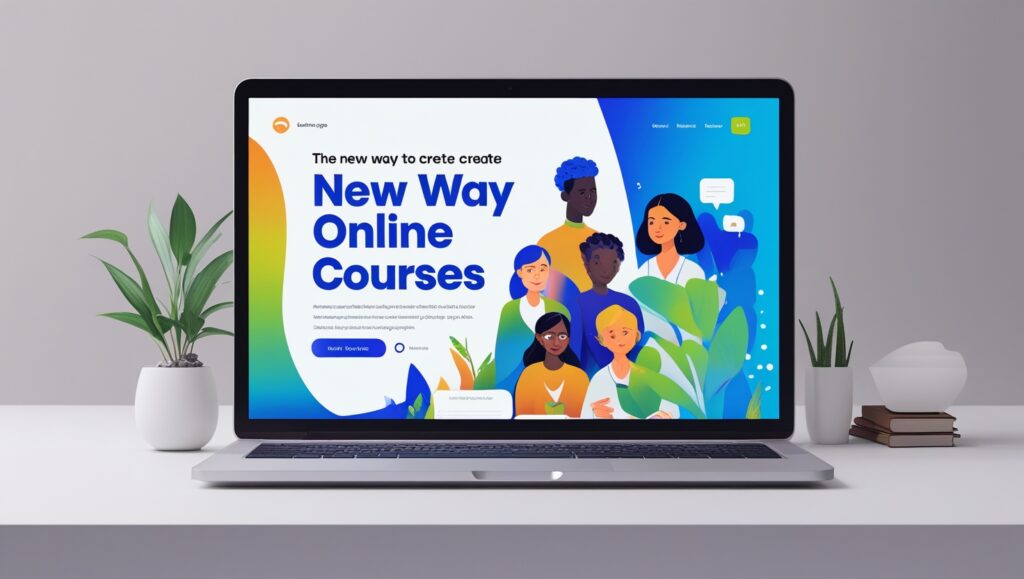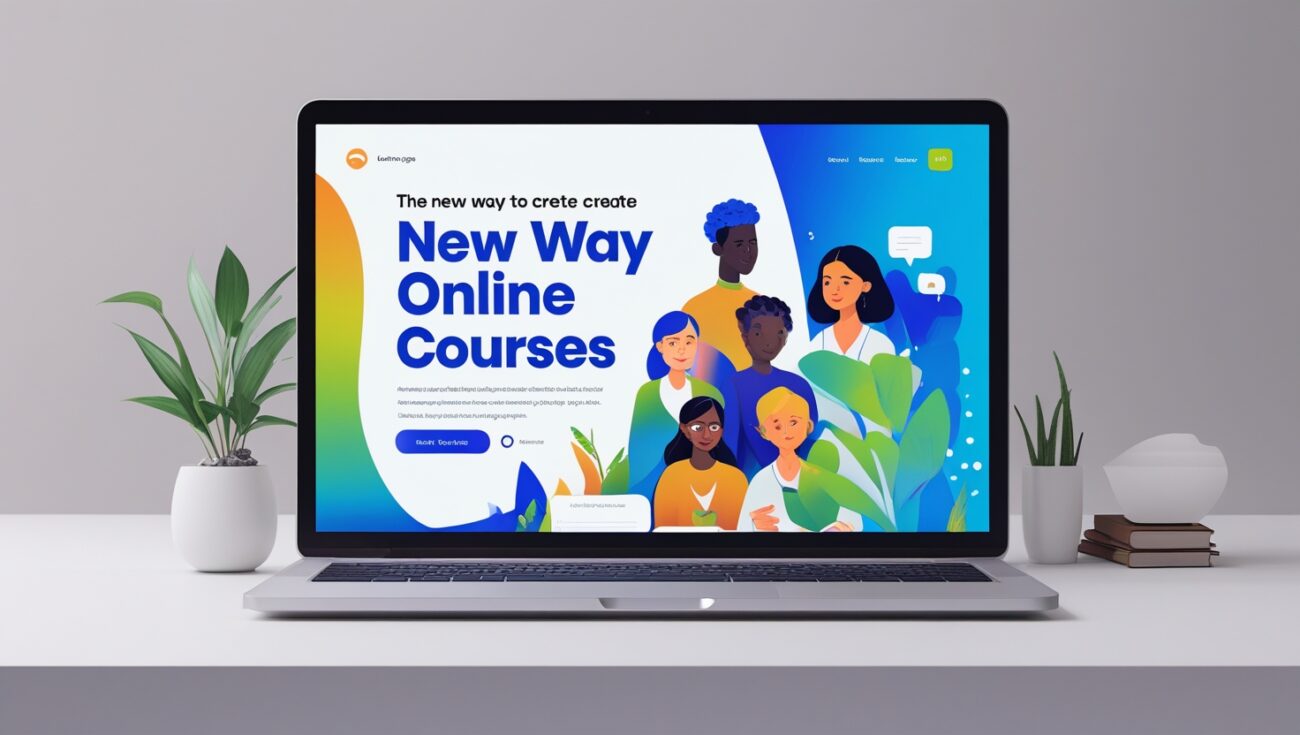The New Way to Create Online Courses and Groups
When I first started creating online courses and groups, it felt complicated. I needed a course platform, a Facebook Group, a payment processor, and a way to manage all of it. It was overwhelming and time-consuming.
But now there’s a new way to create online courses and groups that’s simple, clean, and doesn’t require juggling multiple tools.
In this post, I’m going to share how I build my programs today and why it’s so much easier than the old way.

Table of Contents
The Old Way Was Broken
Before, creating courses and groups meant you had to:
- Build a website or use a course platform
- Start a Facebook Group for your community
- Use Zoom for live calls
- Add a payment processor
- Connect everything together with tech and automations
It was messy, expensive, and often led to low engagement because students had to log into different places for different things.
The New Way: One Platform for Everything
The game changer for me was discovering Skool.
Skool combines everything you need to run online courses and groups into one simple platform:
- A community feed for discussions and connection
- A classroom to host lessons and resources
- A calendar for live calls and events
- Built-in Stripe payments for memberships and courses
If you’re ready to simplify your programs, sign up for Skool here: click this link to create your group now.
Why This Works Better
When everything is in one place, students engage more. They don’t have to remember multiple logins or navigate distractions on social media.
As the creator, you save time and money because you don’t need a dozen different tools. You can focus on delivering value and helping your students succeed.
How I Set Up My Courses and Groups on Skool
- Sign up for Skool and create a group
- Add a welcome post and a few key lessons in the classroom
- Schedule any live calls on the calendar
- Invite your first students and members personally
I had my first group up and running in less than an hour.
Why Students Love It
My students love Skool because it’s distraction-free and easy to use. They can connect with each other, watch lessons, and attend live calls all from one dashboard.
The leaderboard system also makes the community more engaging by rewarding participation.
Final Thoughts
You don’t need to deal with tech headaches or manage multiple tools anymore.
Here’s what I recommend you do today:
- Define the result your course or group will deliver
- Sign up for Skool here and set up your group
- Upload your first lesson and invite your first 5–10 members
Once you experience the simplicity of this new way to create online courses and groups, you’ll never go back to the old way.
When I first switched to this new way of building online courses and groups, I was amazed at how much time and stress it saved me. Before, I would spend hours connecting different tools just to get the basics working. Now I can focus entirely on my students and members.
One of the best parts of using Skool is how professional it feels. Everything is neatly organized, and my members appreciate having one clean platform where they can find lessons, connect with others, and join calls.
If you’re ready to set up your course or group the easy way, sign up for Skool here: click this link to create your group now. You can have everything ready in less than an hour.
I also noticed engagement go up as soon as I moved away from Facebook Groups. Social media is full of distractions, and my members were constantly missing posts or forgetting to log in. On Skool, they know exactly where to go, and the leaderboard system encourages them to participate more.
Another big benefit is the built-in Stripe payment integration. I don’t have to worry about chasing invoices or manually removing members if payments fail. Everything is automated, and members get instant access as soon as they sign up.
If you’re worried about starting small, don’t be. My first group only had eight members, and it was enough to validate my idea and start generating income. From there, I used testimonials and referrals to grow the community naturally.
Another tip is to keep your initial content simple. Upload one or two valuable lessons and schedule a live Q&A call in the calendar. This will give your members an immediate reason to join and engage while you build out more resources.
Here’s exactly what you can do this week:
- Sign up for Skool here
- Name your group and add a welcome post
- Upload one core lesson in the classroom
- Invite 5–10 members who would benefit most
Once those first members join, the energy in your group will grow naturally. Conversations will start happening, and you’ll see the real power of having everything in one place.
Another advantage of Skool is that it’s scalable. Whether you have 10 members or 1,000, the platform can handle it. You won’t have to rebuild your entire system later as you grow.
Finally, remember that your students want results, not fancy tech. By using a simple, distraction-free platform, you’ll create a better learning environment and keep your members happy long-term.
Click here to sign up for Skool now: launch your online course or group today. You’ll be amazed at how easy it is to get started and how much more engaged your community will be.
Another powerful feature of Skool is how it blends community and learning together. Most course platforms separate the content from the group, which makes it harder for members to stay engaged. On Skool, your students can watch lessons and immediately discuss what they learned in the community feed. This seamless experience increases both completion rates and connection among members.
I also love how easy it is to host live events. You can add calls, workshops, or group coaching sessions directly to the calendar inside your group. Members get automatic reminders, which keeps attendance high. Plus, you can upload the replays to the classroom so new members have access to the full archive of training materials.
If you’re serious about simplifying your courses and groups, sign up for Skool here: create your group now and launch this week. You’ll be able to focus on delivering value instead of stressing over tech and complicated setups.






